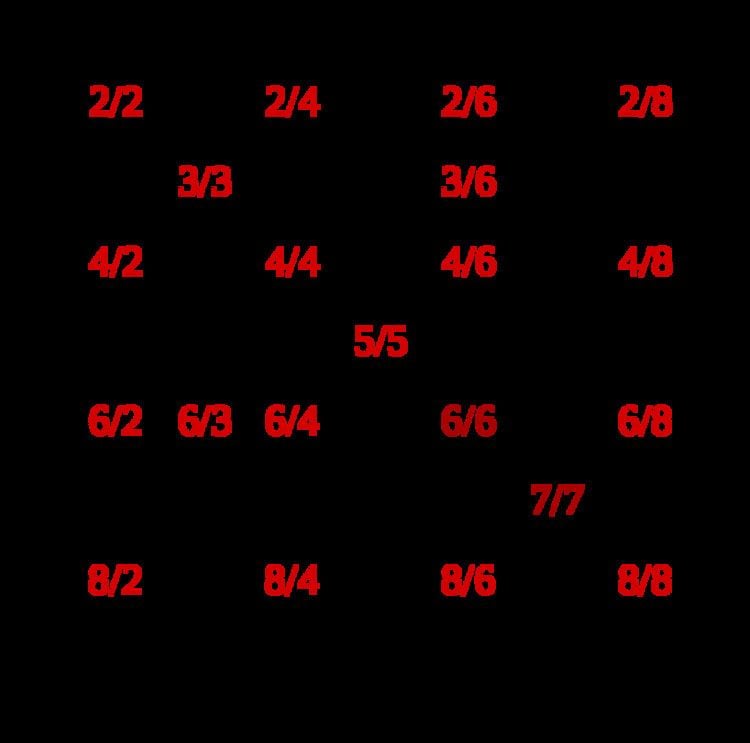 | ||
In mathematics, a Vitali set is an elementary example of a set of real numbers that is not Lebesgue measurable, found by Giuseppe Vitali. The Vitali theorem is the existence theorem that there are such sets. There are uncountably many Vitali sets, and their existence depends on the axiom of choice. Assuming the existence of an inaccessible cardinal, Solovay constructed a model of Zermelo–Fraenkel set theory (ZF) without the axiom of choice, where all sets of real numbers are Lebesgue measurable.
Contents
Measurable sets
Certain sets have a definite 'length' or 'mass'. For instance, the interval [0, 1] is deemed to have length 1; more generally, an interval [a, b], a ≤ b, is deemed to have length b−a. If we think of such intervals as metal rods with uniform density, they likewise have well-defined masses. The set [0, 1] ∪ [2, 3] is composed of two intervals of length one, so we take its total length to be 2. In terms of mass, we have two rods of mass 1, so the total mass is 2.
There is a natural question here: if E is an arbitrary subset of the real line, does it have a 'mass' or 'total length'? As an example, we might ask what is the mass of the set of rational numbers, given that the mass of the interval [0, 1] is 1. The rationals are dense in the reals, so any non negative value may appear reasonable.
However the closest generalization to mass is sigma additivity, which gives rise to the Lebesgue measure. It assigns a measure of b − a to the interval [a, b], but will assign a measure of 0 to the set of rational numbers because it is countable. Any set which has a well-defined Lebesgue measure is said to be "measurable", but the construction of the Lebesgue measure (for instance using Carathéodory's extension theorem) does not make it obvious whether non-measurable sets exist. The answer to that question involves the axiom of choice.
Construction and proof
A Vitali set is a subset
Every Vitali set V is uncountable, and v−u is irrational for any
Non-measurability
A Vitali set is non-measurable. To show this, we assume that V is measurable and we derive a contradiction. Let q1, q2, ... be an enumeration of the rational numbers in [−1, 1] (recall that the rational numbers are countable). From the construction of V, note that the translated sets
To see the first inclusion, consider any real number r in [0, 1] and let v be the representative in V for the equivalence class [r]; then r-v=qi for some rational number qi in [-1, 1] which implies that r is in Vi.
Apply the Lebesgue measure to these inclusions using sigma additivity:
Because the Lebesgue measure is translation invariant,
But this is impossible. Summing infinitely many copies of the constant λ(V) yields either zero or infinity, according to whether the constant is zero or positive. In neither case is the sum in [1, 3]. So V cannot have been measurable after all, i.e., the Lebesgue measure λ must not define any value for λ(V).
